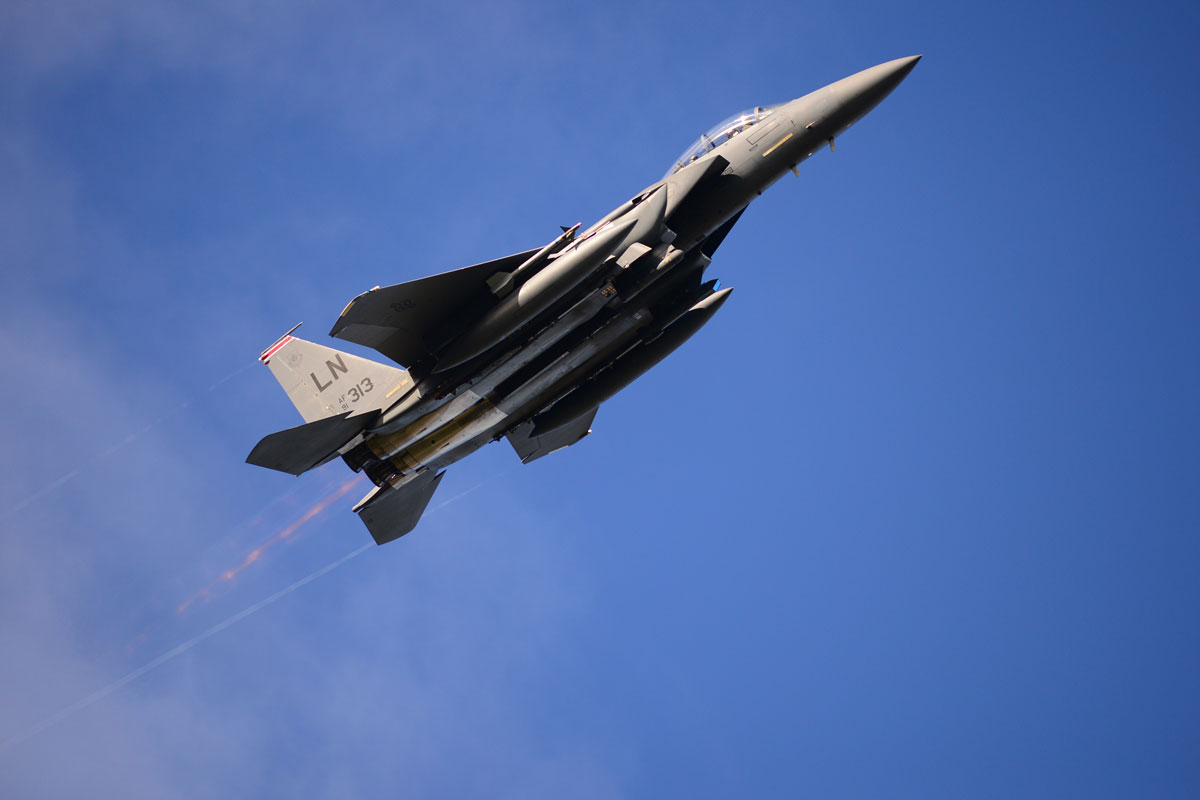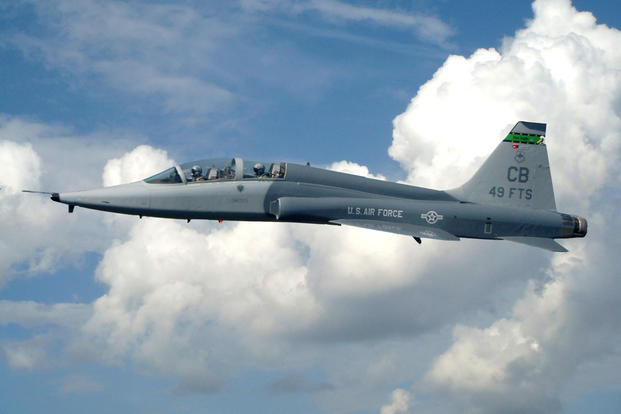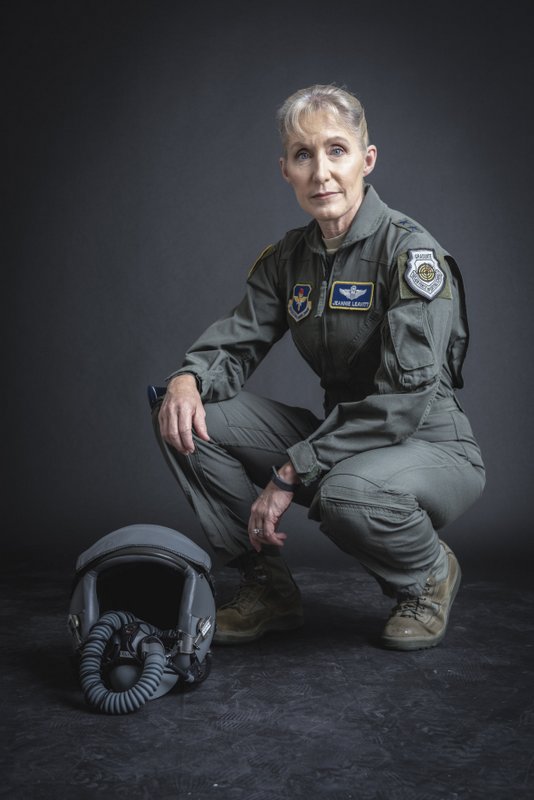
F-15E Strike Eagle | Credit to Military.com
Jacqueline Cochran Breaking the Sound Barrier,
Breaking the Barriers of Her Generation
Email Interview with Major General Jeannie Leavitt
"Leavitt became the Air Force's first female fighter pilot and later the service's first woman to graduate from the Air Force Weapons School at Nellis Air Force Base, Nev. Almost two decades later, she's been the nation's first female fighter wing commander since she assumed command of the 4th Fighter Wing at Seymour Johnson Air Force Base, N.C., in 2012."
-U.S. Air Force
Major General Leavitt | Credit to U.S. Air Force
02/21/20
"It was a unique experience to be the first woman in the Air Force to train in fighter aircraft.
While I was in pilot training, I knew I wanted to fly fighters…but it was not an option for women
at the time. When my pilot training class graduated in January of 1993, the law had changed
and women were allowed in combat. However, the Department of Defense (DoD) had a policy in
place that did not allow women to serve in combat roles. At the end of pilot training, I finished
at the top of my class and asked for the F-15E but was told “no” based on DoD policy. My follow-
on assignment changed a couple times in the next few months – I moved from Del Rio, TX to
Riverside, CA to Enid, OK to San Antonio, TX. Then in April of 1993, DoD changed the policy
concerning women in combat roles and the Air Force announced that I would be their first
female fighter pilot. I was flown to the Pentagon for the announcement and there was a lot of
media interest in the story. For the first year of training, it was a little challenging to try to be
just another pilot in the squadron when there were press conferences and media interviews. I
would do the required media engagements, but then try to ignore the attention and focus on
learning to be the best possible F-15E pilot.

F-15E Strike Eagle | Credit to Military.com

T-38 Talon | Credit to Military.com
The first time I passed the speed of sound was during Undergraduate Pilot Training (UPT) at Laughlin AFB in Del Rio, TX. My first supersonic flight was in a T-38 Talon, which is a high-performance supersonic trainer aircraft.

Current photograph of Major General Leavitt | Credit to Personal Interview
It is rather subtle in the aircraft when you go through the sound barrier – there is not the sonic boom like you hear on the ground. One thing you find when you are traveling near or faster than the speed of sound is that you need to think ahead of the aircraft. You are moving at many miles per minute, so you need to maintain situational awareness and anticipate where the aircraft will be.
The best way to handle G-forces is to keep yourself in good physical condition. Pulling G’s is physically demanding, so being in good shape and having a lot of stamina will help you tolerate the G-forces.
A good fighter pilot needs to be physically and mentally fit. Physical fitness is important so you are able to handle the G-forces on your body when you maneuver the aircraft. You need stamina for missions that are physically demanding. Mental fitness is important because you need to be able to think both critically and creatively. Situational awareness is important. Since no plan survives first contact with the enemy, you must be able to quickly adapt your plan based on changing conditions. You also need to be able to think quickly because the aircraft is often traveling across the ground at many miles per minute. You need to be able to take in a lot of information, and focus your attention when and where you need to do so. A good amount of grit and determination is important as well."
Go back to Interview with Mercury 13 Woman Gene Jessen
Home
____________________________________________________________________________________________________________________________________________________________________
Go to Interview with Captain Bernacchi
Sky background Personal Photograph